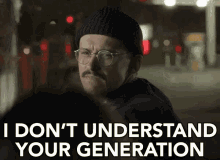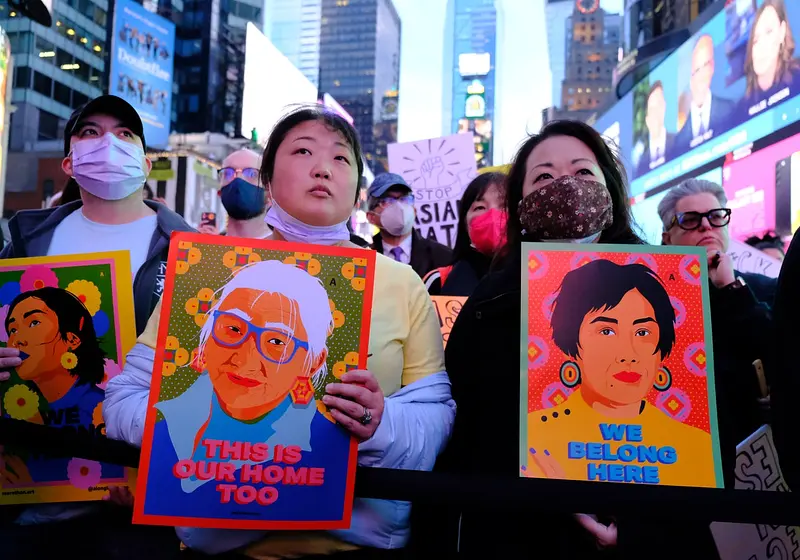Coined by activists Emma Gee and Yuji Ichioka, the term Asian American was a bridge meant to connect multiethnic Asian groups through their shared experiences in their diaspora. It was a call to action– one that reached across the differences in culture, appearance, and language– to unite Asians in the fight against the racism and prejudice they faced living in America. Not only was it a unifying agent, but it was also a rebuttal to the derogatory terms that had been used against Asian Americans.
Its purpose was to become a new, pan-Asian ethnic identity that all Asians could relate to and see themselves in. However, the disparities in the Asian community have made it difficult for the term Asian American to truly live out its purpose.
The False Monolith
While the term Asian American has sought to unite diverse ethnic groups, it may have unwittingly created the false image of a singular Asian group. When attempting to unify these diverse groups, many overlook the differences in culture, experiences, and appearances of different ethnic groups, which inevitably leads to erasure and lack of true representation for Asians.
Asian activism has been primarily centered around East Asians and their experiences, causing the front of Asian activism to be constructed primarily of East Asian issues and cultures. This leads to the accidental oversight of non-East Asian experiences or problems and contributes to the belief that all Asians will face the same issues, hence a monolithic group.
While some Asian ethnicities share cultural values or traditions, they also have their own unique characteristics that make up their cultures. There has been a lack of widespan representation and media showing these differences that give these ethnic groups their own identity instead of sweeping them under one label.
While pursuing a pan-Asian ethnic union, it is crucial to understand that not all Asians look the same and that their cultures can be similar or drastically different. Pitting Asian Americans as a monolithic group fuels false beliefs about Asians and leaves room for stereotyping and lack of diversity.
The Lack of Diverse Asian Representation
As a young girl, I was often told that I could accept Disney's Mulan as a representation of my identity– that Mulan was a prime example of Asian representation I had looked for in my life. The problem wasn't with Mulan, but it was instead the fact that I simply could not connect to the culture depicted. Has the message of a pan-Asian led to the erasure of diversity in media?
Because of the centralization of East Asians, many pieces of media depicting Asian individuals will often only represent those from East Asian societies and therefore not truly represent the diverse Asian ethnicities. The media is extremely important when it comes to education of the general public, and the lack of Asian ethnic groups in the media only further stigmatizes Asian Americans as a monolithic group.
The lack of Asian representation not only pertains to different ethnic groups, but it also pertains to the way gender, sexuality, identity, and interpersonal dynamics can be depicted by Asians in the media. Stereotypes regarding these topics have negatively affected the perception of Asian Americans. For example, Asian women have been depicted as "exotic" and docile, whereas Asian men have been depicted to be effeminate.
It must also be acknowledged that these stereotypes can differ between Asian ethnic groups, but they all carry one similarity– these harmful beliefs can promote racist views and that it is important to work to dismantle these stereotypes in the media. In order to truly have pan-Asian representation, it's crucial that the media represents Asian individuals of differing genders, sexualities, ethnicities, and dynamics.
Photo found at Yahoo! News
Economic Disparities
According to a Pews Research Center 2018 report, there is substantial income inequality among Asian Americans. The report measured and compared the income of Asians in the 90th percentile of earners to the income of Asians in the 10th percentile of earners. In 1970, the 90th percentile of Asian earners earned 6.1 times the 10th percentile of Asian earners and this inequality was only exacerbated in 2016, when the gap had grown to 90th percentile Asian earners gaining 10.7 times more than the 10th percentile Asian earners.
One reason for this severe income gap is the nature of different Asian ethnic groups' immigration to the United States. As a result of the end of the Vietnam War and the Immigration and Nationality Act, the Asian immigrants coming into the United States did not often have high-skill occupations and were often low-skill workers. The Immigration Act of 1990 then brought in more high-skilled Asian immigrants, which contributed to creating the gap in income seen today in Asian ethnic groups.
It's important to recognize the economic disparities between Asian American ethnic groups in order to dispel the false monolithic front and to deconstruct the model minority myth. Asians have been swept under the same label economically, creating misleading perceptions about Asian wealth. When the varying degrees of wealth found in Asian ethnic groups are ignored, not only does it portray a false image that undermines Asian struggles and history in America, but it also provides an opportunity for anti-Asian sentiment to be "justified".
A New Identity
Even with the disparities found in the Asian community, they should not serve as barriers to a united pan-Asian front. Instead of letting these differences further divide the Asian American community, it's vital that these differences are highlighted and acknowledged to strengthen the movement towards equality and equity for Asians. Taking in the perspectives of various Asian ethnic groups and taking account of the history that each group carries with them will create a new identity for the term Asian American– an identity that hopefully all Asians can look at with pride.










